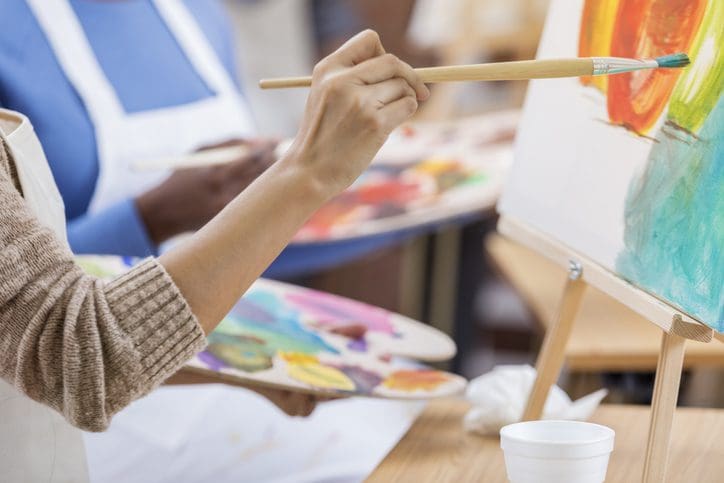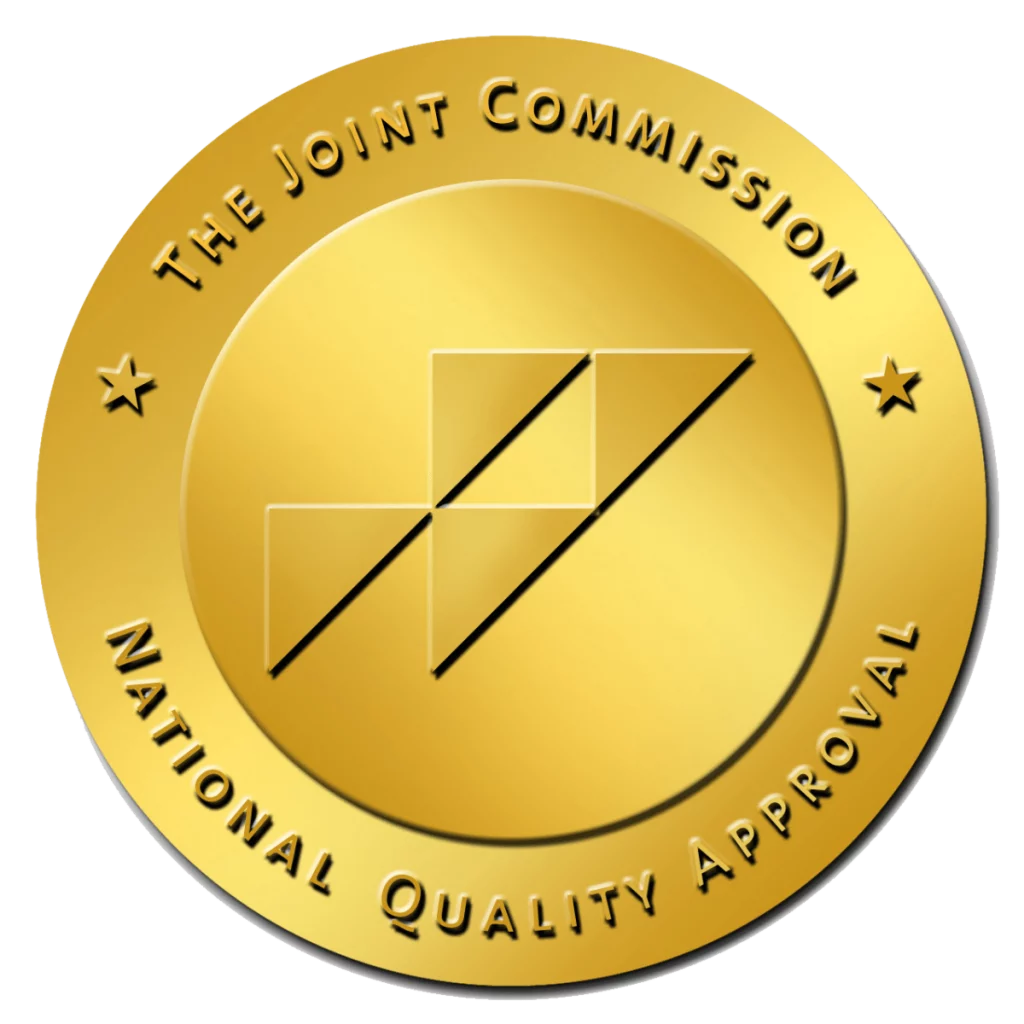Here at Raleigh Oaks Behavioral Health, we work with seniors to address issues of depression, agitation, prolonged grief, disordered thinking, and more. A key component of our multifaceted treatment program is recreational therapy, a type of interactive therapy that can include movement, games, and exercise as well as creative pursuits like dance, writing, music, drama, and art.
Recreational therapy can help clients on a number of levels: physical, mental, emotional, and social. For clients who are reluctant to engage in traditional talk therapy or who have trouble articulating their emotions, recreational therapy gives them an alternate path to self-expression.
Art therapy, in particular, is a rich avenue for healing emotional wounds or expressing innermost needs. Let’s take a closer look at art therapy and how it might be uniquely helpful for seniors.
A Chance to Express & Regulate Emotions
In addition to physical benefits, like improving small motor skills and hand-eye coordination, making art in a therapeutic context has many mental health benefits. It helps clients process their emotions and disrupt patterns of negative thinking, both of which lead to greater resilience: the ability to successfully adapt to challenging life circumstances.
Emotions are a natural part of the human experience, and they can serve us well when we allow them to “flow” instead of trying to ignore or deny them. The ability to manage emotions in a healthy way is called emotional regulation. “Think before you act,” is emotional regulation in a nutshell. When we allow our emotions to control us, they can lead us to do or say things that hurt ourselves or others and that we come to regret.
People with certain mental health disorders can find it especially difficult to regulate their emotions. This is where art therapy can help. It gives clients a safe place to express themselves. Using art instead of words can help clients gain enough distance from difficult emotions or experiences to feel safer in processing them. As the client creates art, the therapist helps the client sort through the emotions that come through in the artwork.
A Chance to Combat Negative Thoughts
Everyone deals with what are called automatic thoughts, the brain spitting out thought after thought without our conscious effort. Many of these thoughts tend to be negative, and for people with mental health issues, negative thoughts are especially pervasive. Art therapy can help clients become aware of their negative thoughts, what triggers them, and how to shift those thoughts so that they don’t lead to inappropriate or harmful behaviors.
According to Art Therapy Resources, “Using art materials and transposing abstract thoughts to a physical art surface can help clients understand there is a pattern to their thoughts and that these thoughts can be transformed just as art can be transformed.”
One activity suggested by the website is to ask clients to create a diagram that represents opposing beliefs: on one side is the client’s belief (i.e., “I must be perfect in order to be loved.”) and on the other side is the opposite belief (i.e., “If I’m not perfect, I’m a failure.”). The therapist can then work with the client to explore the space between those two opposing beliefs, guiding the client to understand and accept a more realistic standard for themselves.
A Chance to Improve Brain Health
Making art also benefits the brain. As reported in CNN Health, research has shown that older adults who pursue artistic activities like painting and drawing “were 73% less likely to have memory and thinking problems, such as mild cognitive impairment, that lead to dementia.” For those who already have dementia or Alzheimer’s, art can help relieve the stress and agitation associated with those illnesses.
As public health professor Joseph Gaugler says in a PBS interview, “Art therapy approaches can really help enhance the personhood of the person living with dementia. People with memory loss can still continue to express thoughts, feelings and emotions in a healthy way.” In this way, making art gives senior adults a sense of autonomy, even if they are physically unable to remain independent.
A Chance to Enhance Well-Being
While art therapy refers to art used by a certified therapist for the purpose of helping clients work through mental health issues, many people use the term more loosely. In this sense “therapy” can mean something that makes you feel good, takes your mind off of your day-to-day realities, and connects you to a part of yourself you don’t otherwise access.
In this sense, art “therapy” can easily continue after treatment. Seniors who may have struggled with boredom and loneliness can find a sense of purpose and community in artistic pursuit. According to the National Poll on Healthy Aging, about one-third of senior adults report a lack of companionship and frequent feelings of isolation. Taking community art classes and visiting local art shows can connect seniors to others who share their interests. Non-profit organizations like Backyard Arts Garner offer donation-based events and classes for community members. Garner is also home to museums and performing arts centers that give community members a chance to get inspired by professional artists and performers.
If you or a loved one are suffering from mental health issues or any emotional complications related to aging, Raleigh Oaks Behavioral Health can help. Contact our admissions team today to learn more.






